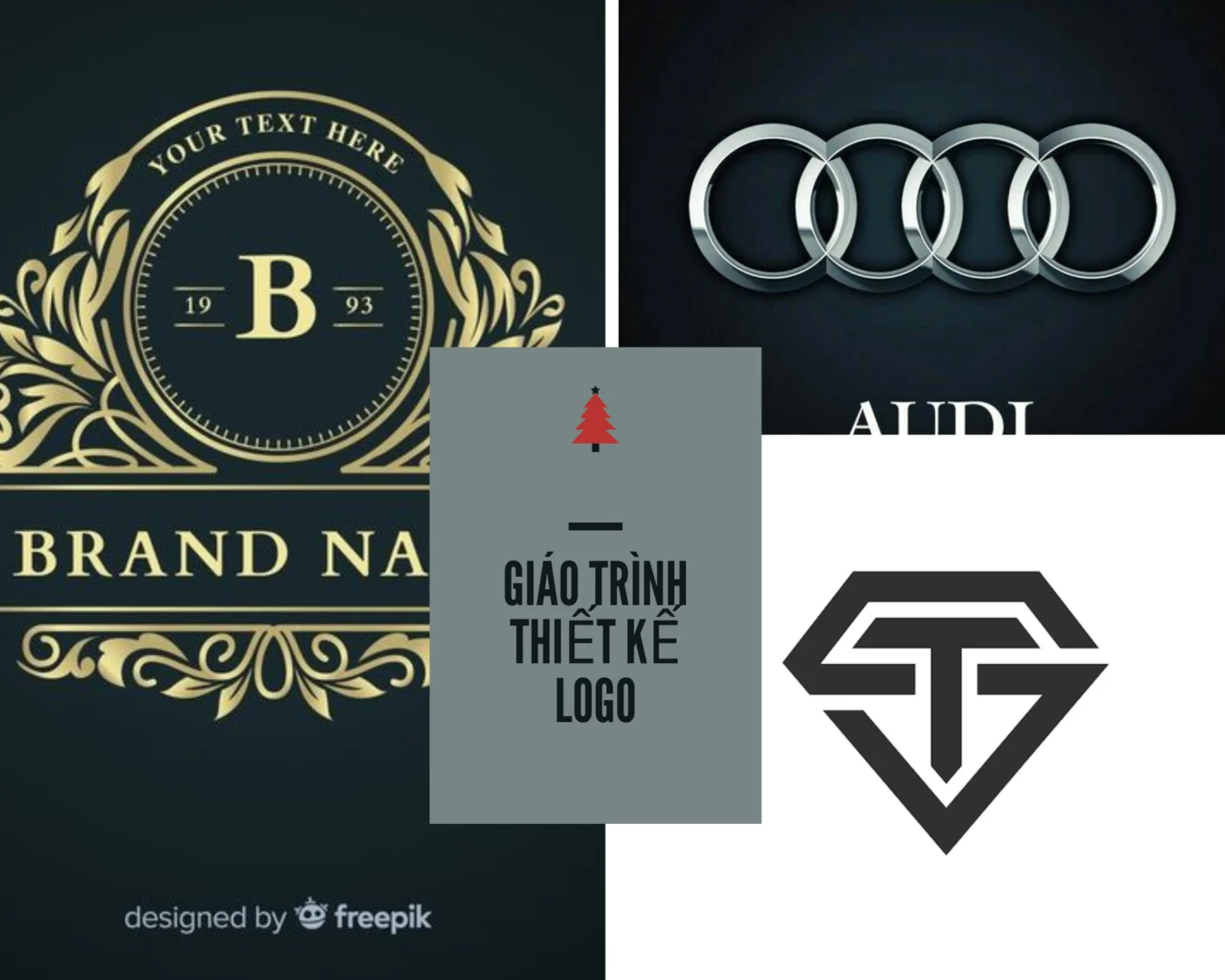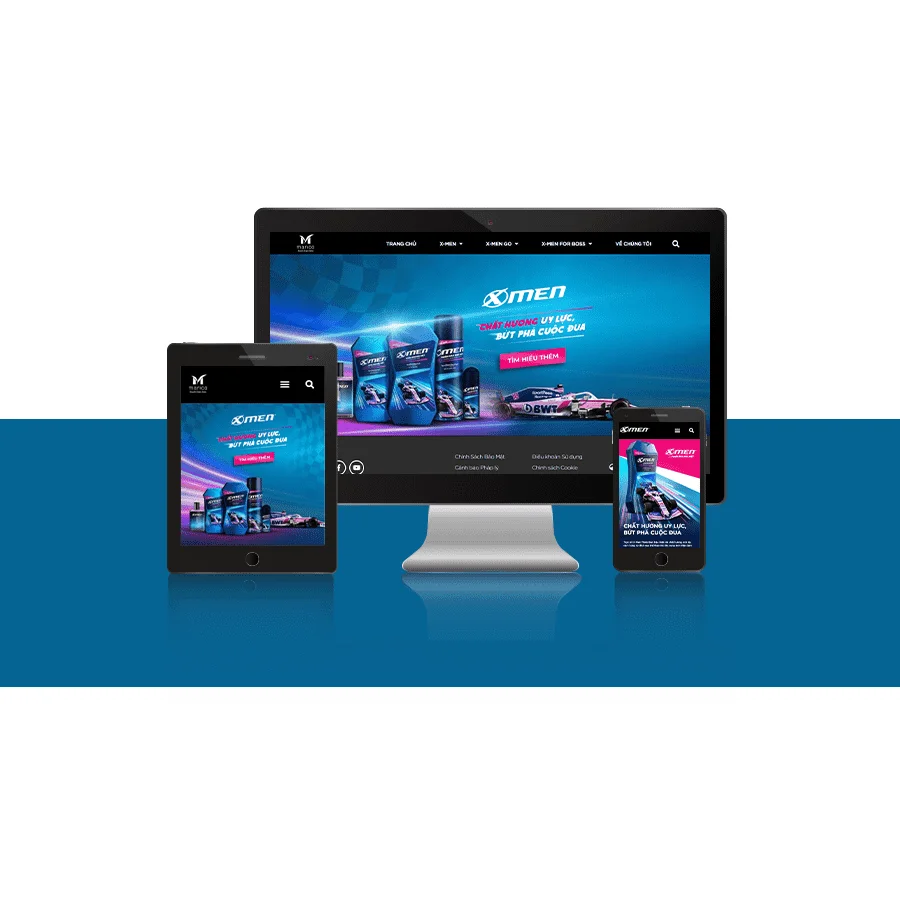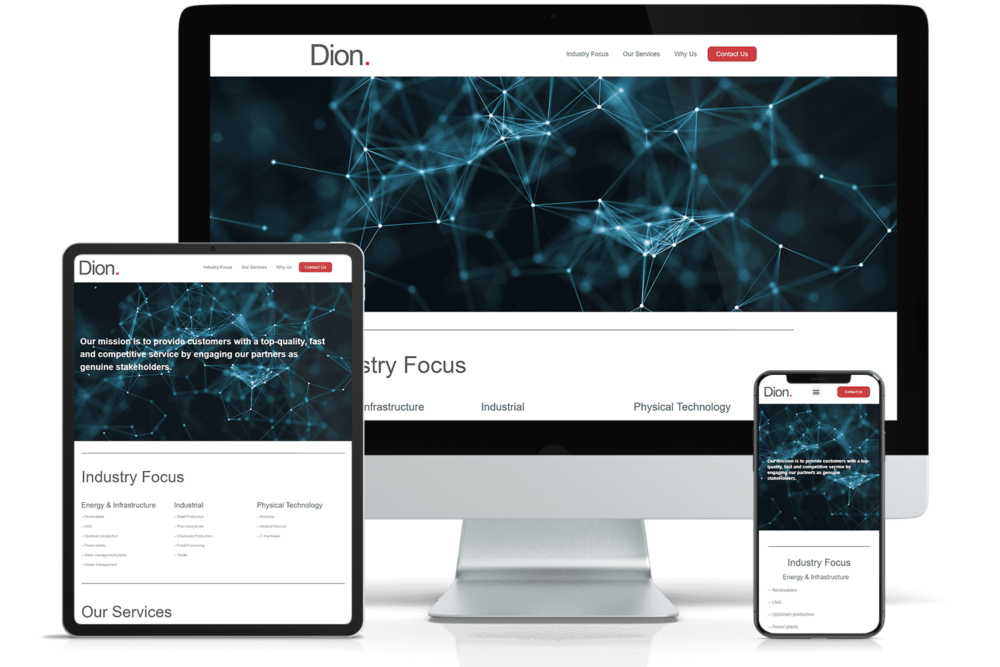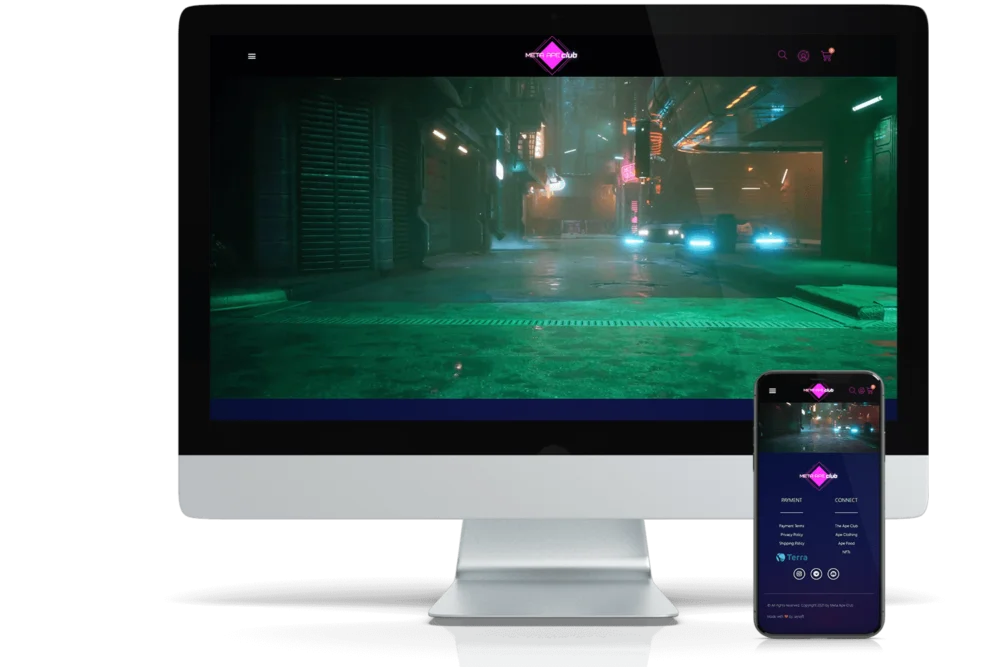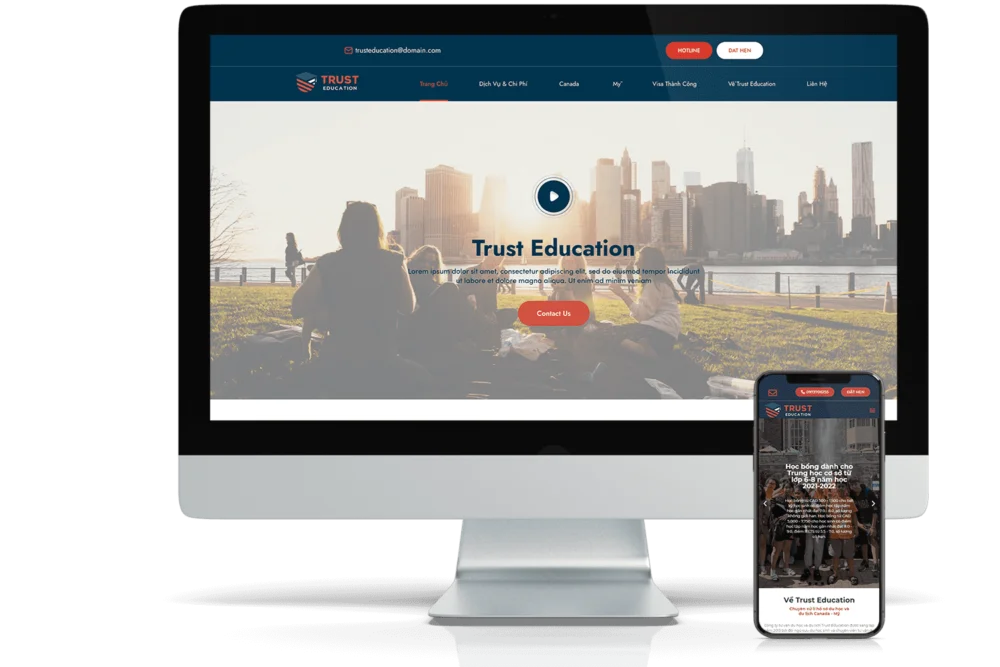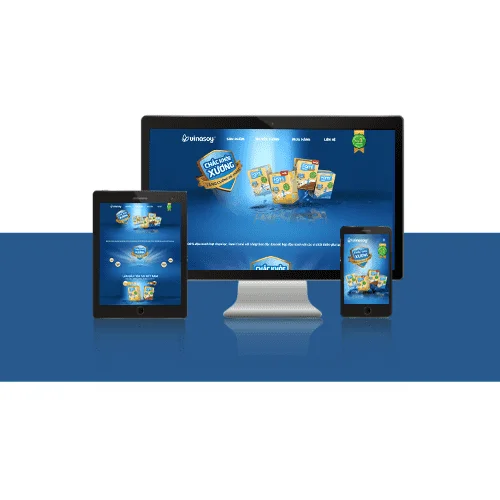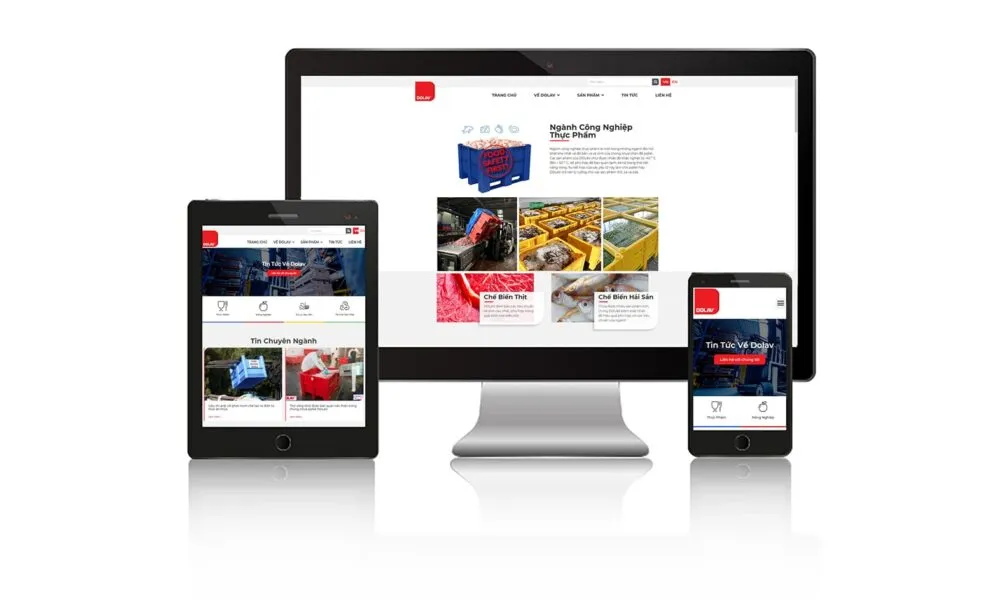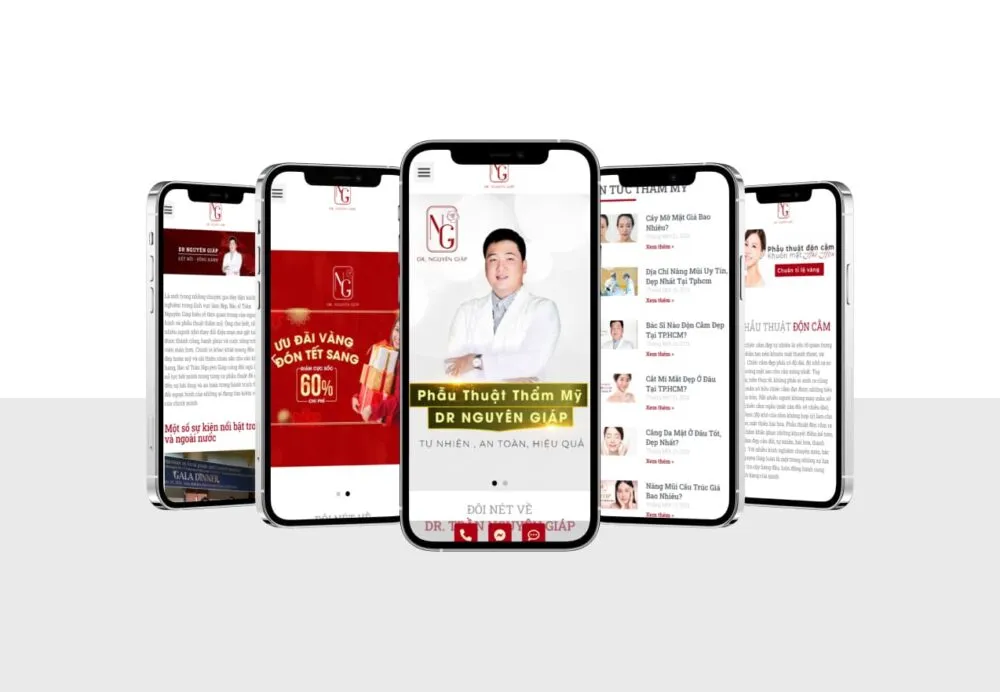This article provides a detailed logo design curriculum, from research to concept generation and design, all the way to the final version. In addition, the article also focuses on creating a unique and distinctive logo by applying design principles, using design elements, and using supporting tools and software.
Part 1: Logo design process
1.1. Research and analyze:
- Learn about the market, industry and target audience.
- Competitor analysis and identification of brand-specific elements.
1.2. Generating ideas and designs:
- Based on research, generate original ideas with simple sketches and drawings.
- Use design software like Adobe Illustrator, CorelDRAW or Canva to create the first version of the logo.
1.3. Tweaks and improvements:
- Evaluate ideas and select appropriate suggestions to develop the next version.
- Tweak the images, colors, charts, and fonts to create the final logo version.
Part 2: Principles of logo design
2.1. Simple:
- Logos should be designed to be simple to recognize and remember.
- Eliminate unnecessary details and create a bright and clear image.
2.2. Identified:
- The logo should reflect the identity and values of the brand.
- Create a logo that is unique and recognizable among competitors.
2.3. Target fit:
- Make sure the logo aligns with the brand's goals and message.
- Use design elements to represent value and create a connection with your target audience.
2.4. Flexible:
- Create a logo that can be used across multiple platforms and media.
- The logo should be able to adapt to different sizes and shapes while still retaining its identity and identity.
Part 3: Create a unique and distinctive logo
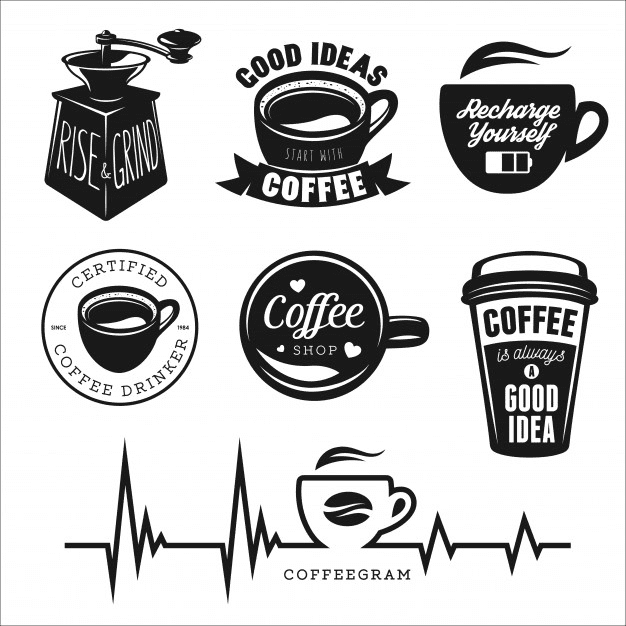
See also related articles:
- What is the best software for business project management?
- What is wireframe? How to set up an efficient Wireframe?
- What is Landing Page? How to design a beautiful Landing Page?
- Sử Dụng AI Để Phân Tích Nội Dung Đối Thủ Cạnh Tranh
- Cách Mạng Viết Bài Thể Thao Bằng AI: Từ Hướng Dẫn Marathon…
3.1. Market and competitor research:
- Learn about the industry and audience to create a logo that is relevant and cohesive.
- Evaluate competitor logos to make them different and unique.
3.2. Use design elements:
- Use images, colors, charts, and fonts to create a unique and emotional logo.
- Combine design elements to create a distinctive and unique image.
3.3. Self-expression:
- Identify the unique characteristics of the brand and apply it to the logo design.
- Create a logo that embodies the values and vision of the brand.
Part 4: Support tools and software in logo design curriculum
4.1. Adobe Illustrator:
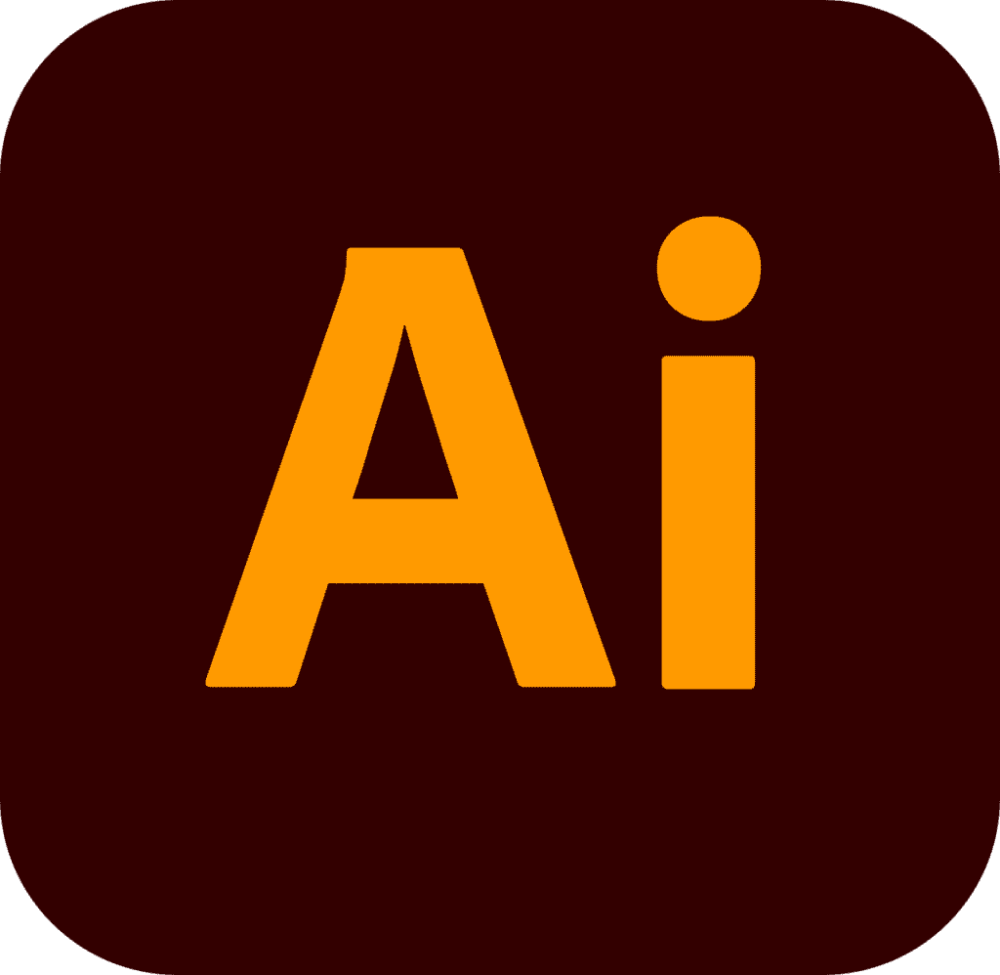
- Use this tool to create professional logos with flexible and diverse features.
- Explore the basic tools and features to get started with logo design.
4.2. CorelDRAW:
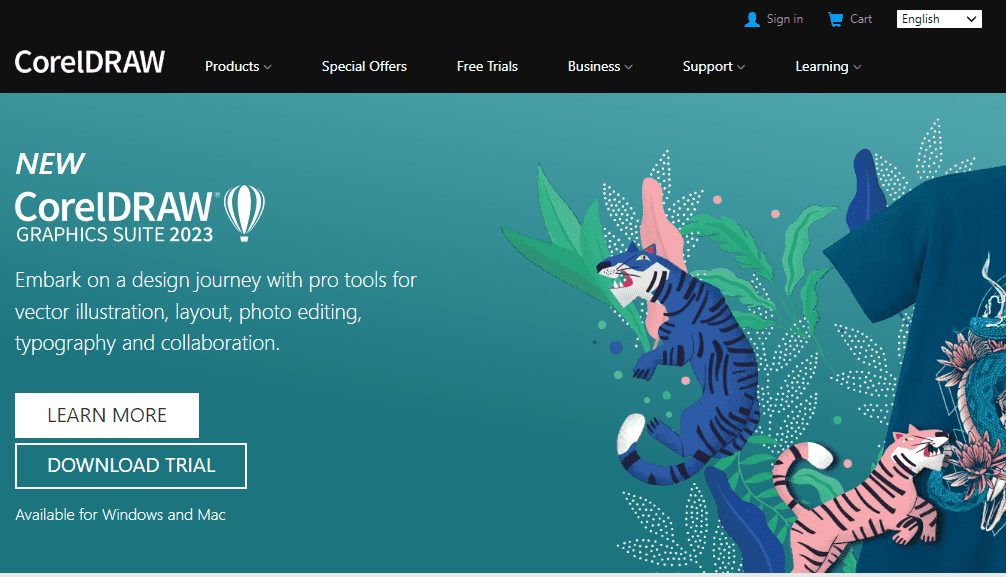
- Provides professional logo design tools and easy to use interface.
- Learn how to create unique and creative logos using CorelDRAW.
4.3. Canva:
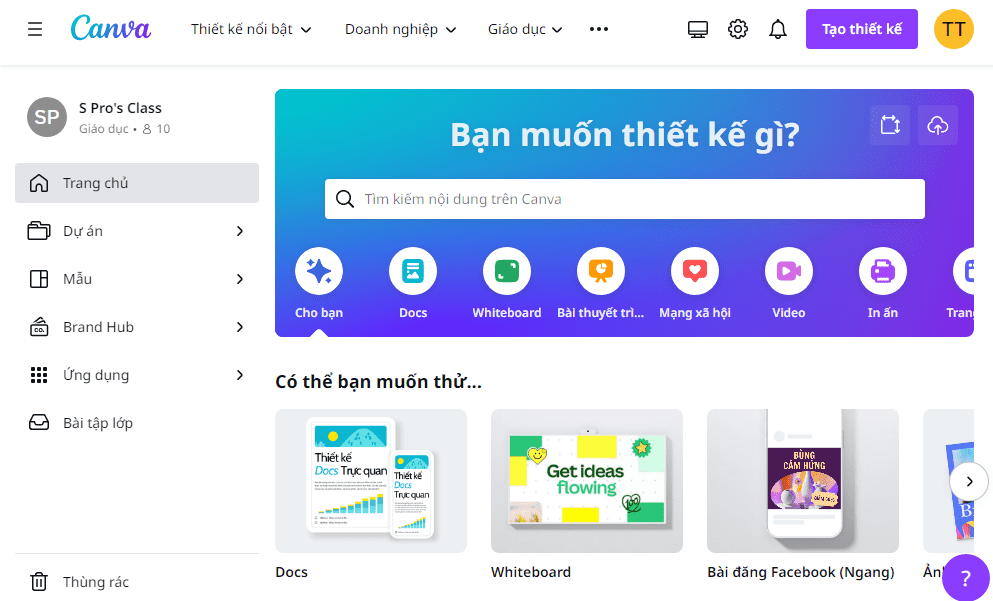
- This is an easy to use online tool for logo design.
- Take advantage of the available logo templates and edit to your liking.
With this logo design course you can access a professional process and important logo design principles. By applying these steps and principles, combined with the use of supporting tools and software, you can create a logo that is unique, distinctive, and relevant to your brand. Explore the world of logo design and develop your creativity.
Explore more: https://www.jaybranding.com/anh-profile-ca-nhan-cong-ty-chuyen-nghiep/
